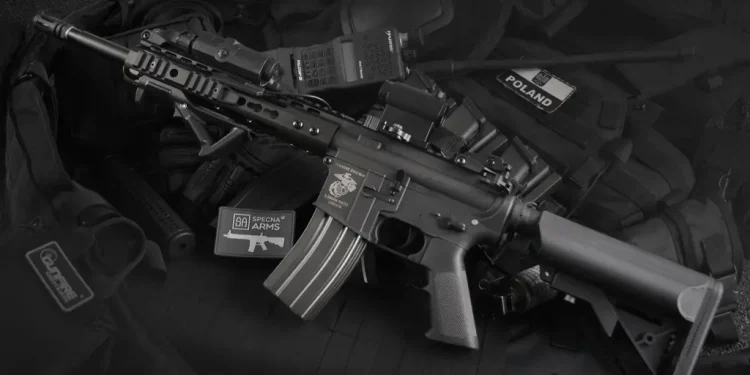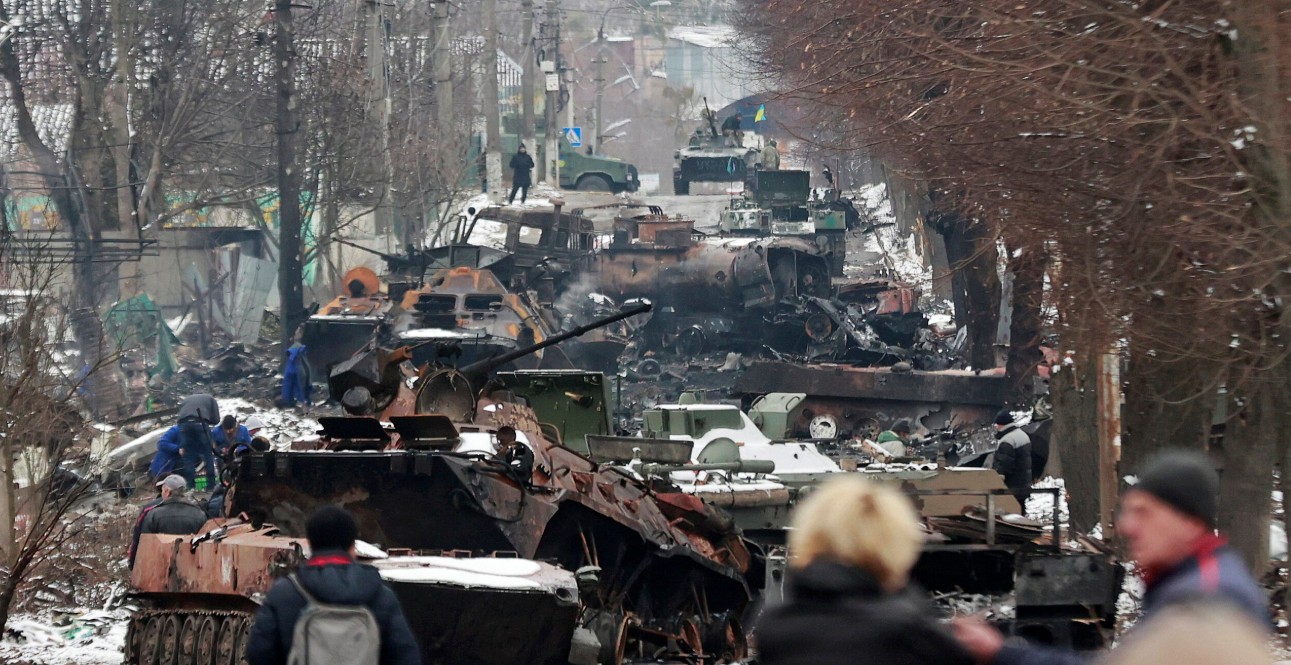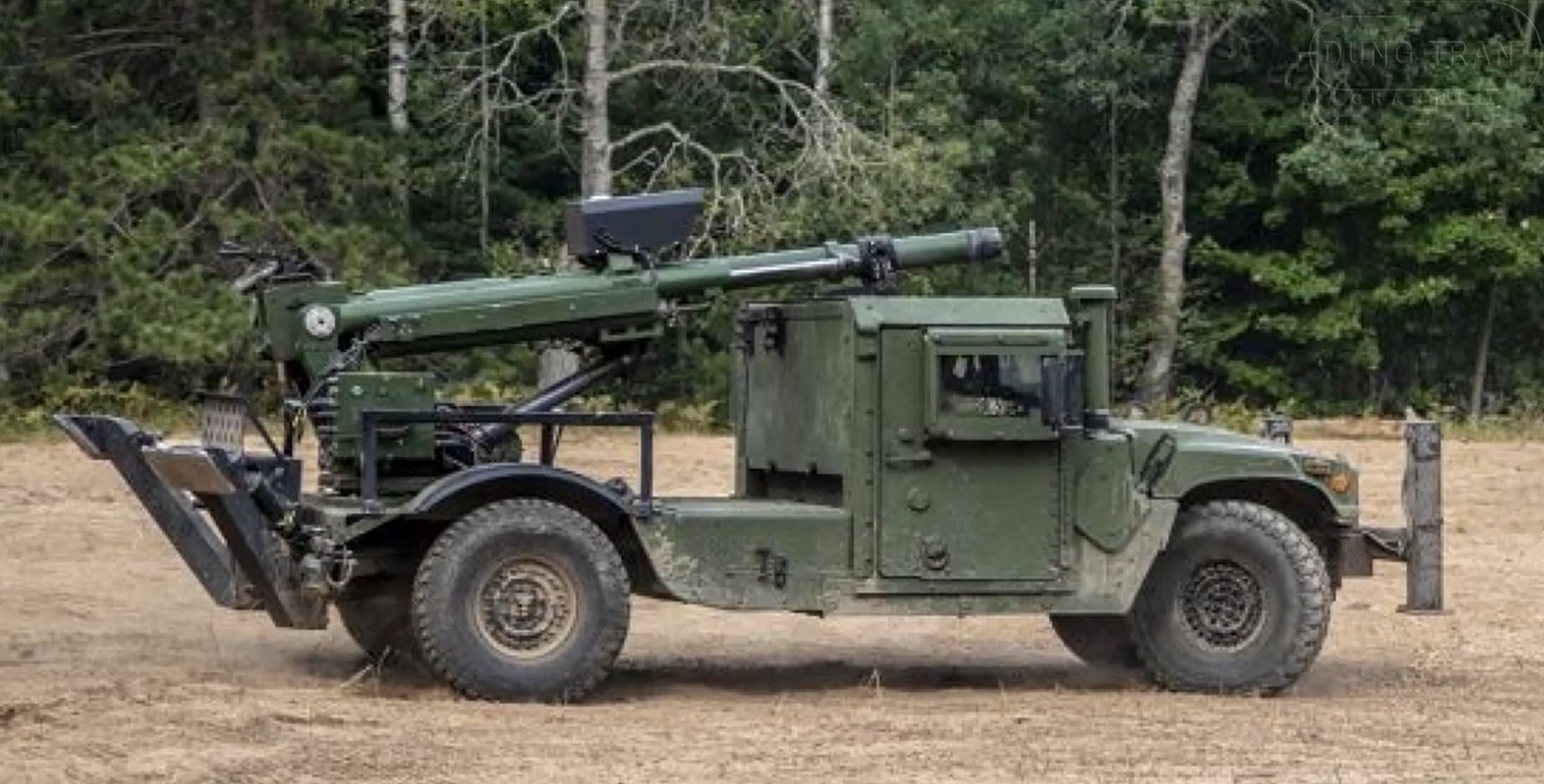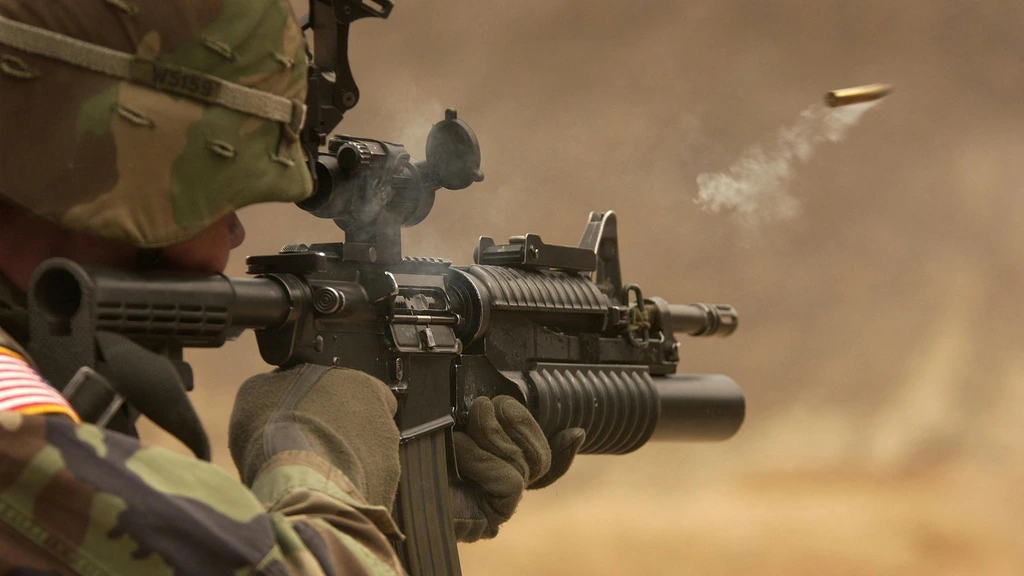Who Holds the Top Spot?
The concept of military dominance is one that has been debated for centuries. Different nations have risen and fallen as superpowers, often epitomized by the strength of their armed forces. But who truly holds the top spot in today’s global landscape? Examining various factors such as technological advancement, manpower, training, strategic capability, and financial investment, we can identify the armed forces that currently stand at the pinnacle of military power.
The United States
Military Budget: The United States allocates an astounding $732 billion annually to its defense sector, making it the highest military spender in the world.
Manpower: With over 1.3 million active-duty personnel and an additional 800,000 in reserves, the U.S. boasts one of the largest military forces globally.
The American military’s edge lies in its advanced technology and global reach. The United States operates 11 aircraft carriers, more than the rest of the world combined. Additionally, the U.S. Air Force and Navy possess cutting-edge aircraft such as the F-22 Raptor and the F-35 Lightning II.
Russia
Military Budget: Though significantly lower than the United States, Russia spends approximately $65 billion per year on its military.
Manpower: Russia maintains around 1 million active-duty personnel and another 2 million in reserves.
Russia’s military is known for its robust ground forces and formidable arsenal of tanks and artillery. The country also boasts a vast and advanced missile capability, including nuclear weapons. Their recent focus on hybrid warfare tactics, blending conventional military strategies with cyber warfare, sets them apart.
China
Military Budget: China spends about $261 billion annually, making it the second-largest military spender after the United States.
Manpower: With 2.18 million active-duty personnel and up to 500,000 in reserves, China fields the world’s largest military force by personnel.
China has rapidly modernized its military over the past few decades, investing heavily in advanced technology and state-of-the-art equipment. The People’s Liberation Army (PLA) is known for its significant cyber capabilities and a rapidly growing navy, which includes two aircraft carriers and several more under construction.
India
Military Budget: India’s annual military expenditure stands at around $71 billion.
Manpower: India has approximately 1.4 million active duty personnel and more than 1.1 million in reserves.
India’s military strength is bolstered by its large number of servicemen and extensive range of indigenous and imported military hardware. It also maintains a credible nuclear triad and has a fast-growing space and cyber warfare capability.
The United Kingdom
Military Budget: The UK spends about $59 billion annually on its armed forces.
Manpower: With around 150,000 active-duty personnel and 80,000 reserves, the UK has a smaller but highly professional and technologically advanced military.
The UK’s armed forces are particularly noted for their special forces, such as the SAS, and their strategic reach. The nation also operates two new Queen Elizabeth-class aircraft carriers and maintains a fleet of Trident nuclear submarines.
France
Military Budget: France spends approximately $50 billion per year on its military.
Manpower: France has around 270,000 active duty personnel and 35,000 in reserves.
France’s military is known for its projection capabilities and is often involved in various international operations. The country also has a robust nuclear arsenal, advanced technology, and a powerful navy including the nuclear-powered aircraft carrier, Charles de Gaulle.
Nation Comparisons
| Country | Military Budget (Billion $) | Active Personnel | Reserve Personnel |
|---|---|---|---|
| United States | 732 | 1.3 million | 800,000 |
| Russia | 65 | 1 million | 2 million |
| China | 261 | 2.18 million | 500,000 |
| India | 71 | 1.4 million | 1.1 million |
| United Kingdom | 59 | 150,000 | 80,000 |
| France | 50 | 270,000 | 35,000 |
Technological Edge
Another critical factor in assessing global military dominance is technology. The United States leads with significant investments in AI, cyber warfare, and advanced robotics. China’s rapid technological advancements also make it a formidable competitor, especially in cyber capabilities and quantum computing. Russia’s focus on hypersonic weapons and electronic warfare maintains its reputation for being a technological threat.
Global Reach and Strategic Capacity
Having a strong military isn’t just about numbers and technology; it’s also about deployment and strategic reach. The U.S. has over 800 military bases worldwide, allowing them to project power almost anywhere on the globe. The UK’s continued presence in various global hotspots and France’s ability to mobilize rapidly for international missions underscore their strategic reach.
The New Fronts: Space and Cyber Warfare
As warfare evolves, nations are investing heavily in space and cyber capabilities. The U.S. recently established the Space Force, a clear indication of the significance placed on the final frontier. China and Russia are not far behind, each making substantial investments in space warfare technologies. Cyber warfare is another area where militaries are increasingly focusing their efforts, underscoring the shift towards a more digital battleground.
In summary, while the United States currently holds the mantle as the most dominant military force worldwide, other nations are quickly closing the gap. With significant investments and technological advancements, countries like China and Russia are proving to be formidable competitors. The landscape is ever-changing, and the race for military dominance continues unabated.









